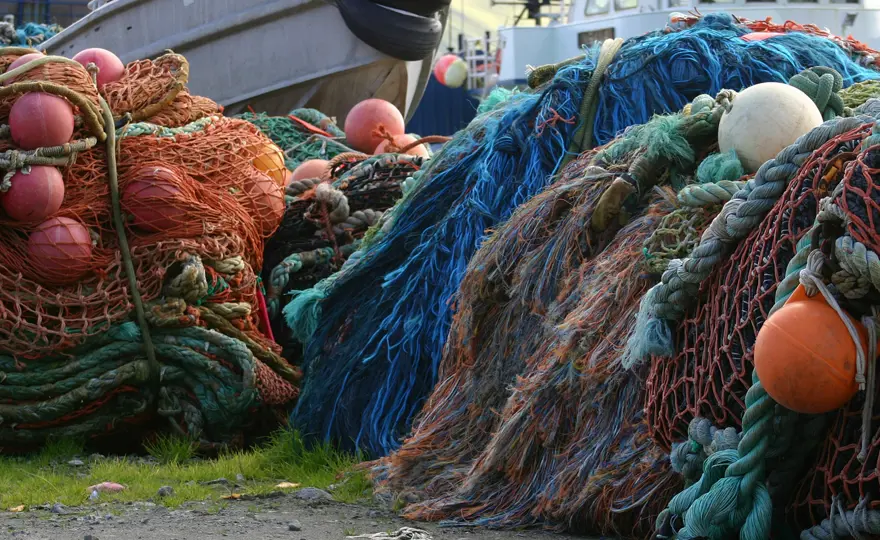ClientEarth Communications
16th October 2020


Almost a year after the EU missed its legal deadline to end overfishing, discussions on next year’s fishing limits are about to kick-off. This means it is now crunch time for the EU and the UK to finally honour the commitment they made over six years ago to fish sustainably.
Ending overfishing by 2020 and restoring all fish stocks above healthy, productive levels was a cornerstone goal in the 2013 reform of the EU’s Common Fisheries Policy (CFP) – the main law regulating EU fisheries.
However, over six years have elapsed since then, and despite some long-term progress, the EU and its Member States have missed the deadline, leaving many stocks struggling far below sustainable levels.
This lack of commitment raises a broader issue: how much store does the EU set by its objectives and what must decision-makers do to ensure they are actually met?
In our new update report, we have taken stock of progress so far towards ending overfishing since 2015 – and the shortcomings that the EU and UK must now urgently address.
Our report shows that almost half of the fishing limits (or ‘Total Allowable Catches’ (TACs)) for 2020 were still set above what scientists recommend – and that the situation is worse where information on the state of the stocks is more limited.
The CFP requires that all stocks be fished sustainably, in line with the Maximum Sustainable Yield (MSY). Full, MSY-based scientific stock assessments and advice are not yet available for all stocks, and where this is the case, scientists give precautionary advice for data-limited stocks whose status cannot be fully assessed yet.
For stocks with MSY advice, some progress has been made – but even for these, some 25% of the 2020 TACs were still set too high. Worryingly, the situation for data-limited stocks is even worse, with over 70% of 2020 TACs for these stocks set above the precautionary scientific advice.
In contrast to what is often written, this means that the EU actually missed the CFP’s 2020 deadline to end overfishing by a long shot. It also indicates a lower level of ambition for data-poor stocks, even though the CFP’s sustainability rules apply to all stocks equally.
Our findings show that once again decision-makers continue to focus on sustainable fishing limits mainly for commercially valuable, fully MSY-assessed fish stocks. All the while, they continue to ignore many already depleted and/or data-limited stocks, particularly those caught mainly as bycatch. This goes against two key, legally binding principles of fisheries management: the need to be more (not less) cautious where information is more limited (the precautionary approach), and to consider and minimise the impact of fishing on the wider marine ecosystem, including bycatch (the ecosystem-based approach).
In 2013, the EU also adopted the landing obligation – the requirement to end the wasteful practice of dumping unwanted catches at sea by forcing catches to be brought back to land and counted. This increases TACs substantially in many cases because they are now set to reflect catches rather than landings. However, this approach means decision-makers falsely assume that all catches are landed, with no more illegal discarding taking place at sea.
This is extremely concerning, as poor compliance with the landing obligation is a widely recognised problem across the EU. In light of the current lack of effective monitoring and control, illegal discarding beyond the agreed TACs is likely to continue. It means that even those TACs which respect scientific advice will lead to overfishing where control is lacking: ultimately fishers are getting a bigger quota to land their whole catch – but on top of this, they may still be illegally discarding.
Our report identifies key priorities the EU, Member States and the UK need to focus on to deliver on their sustainability commitments, and provides detailed recommendations for how they can:
Clearly, the mission to end overfishing is far from complete and the coming months will show how serious the EU and the UK are about finally getting there. Negotiations about the future EU/UK fisheries agreement are underway and the TAC-setting process for the next year will begin as soon as the European Commission has published its proposal. It is paramount that the results of these negotiations finally end overfishing, in line with commitments the EU made over six years ago.
Read the full report: Taking stock 2020 - are TACs set to achieve MSY?